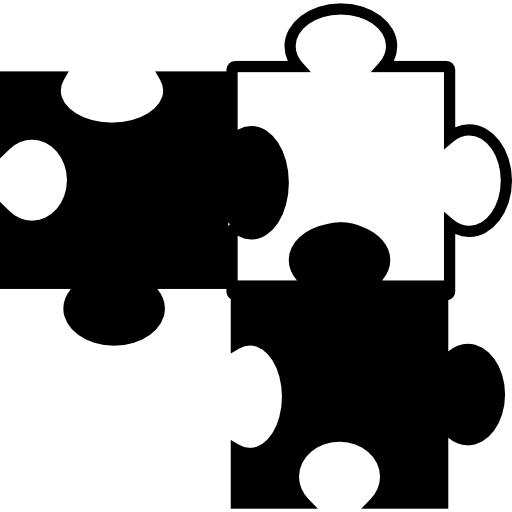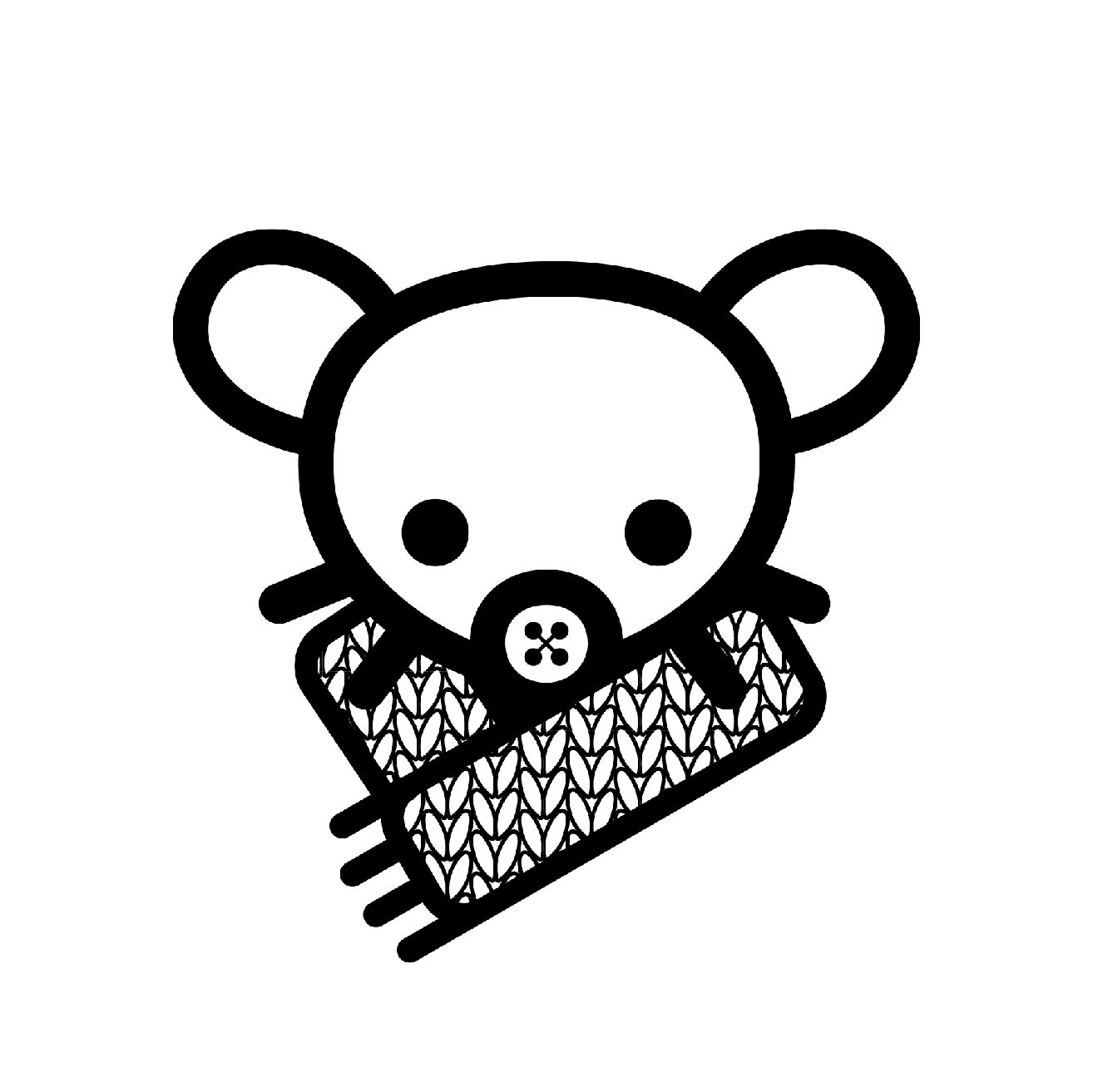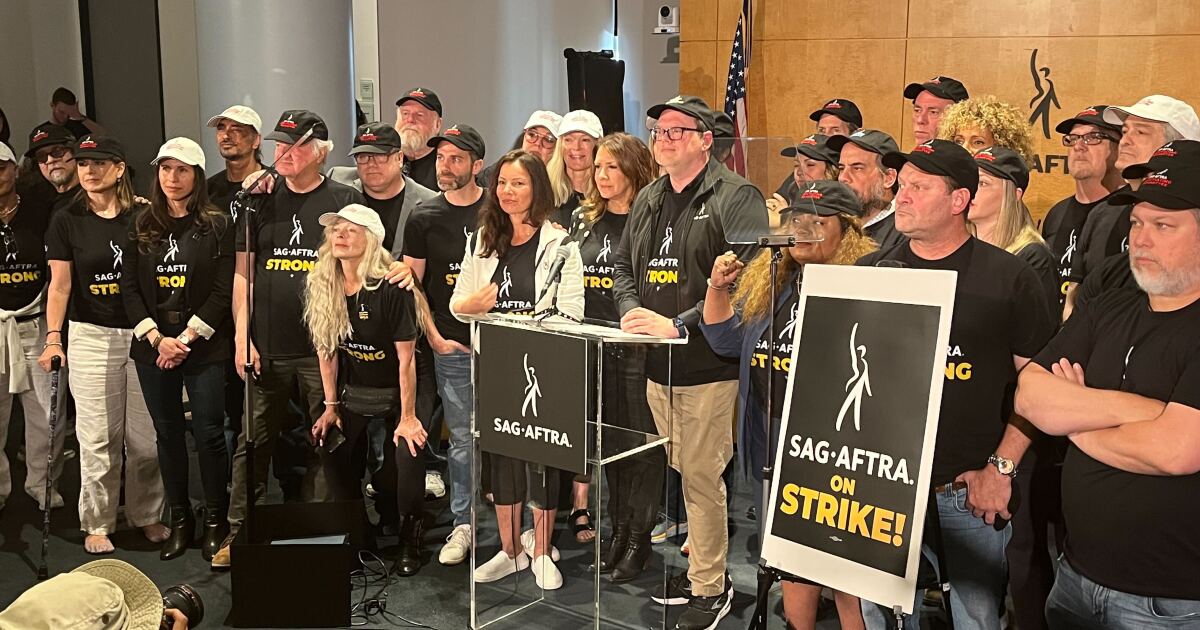

Knitting is generally accepted to have been invented in Egypt around the Millennium, with the first clearly knit object (intricate colorwork socks) dated to around 1100 CE. Roman artifacts from 2-4th centuries would not be “knitting” tools, since knitting as we know it didn’t exist yet. Nalbinding predates knitting, but requires a flat needle with an eye which is fully passed through each loop, so this tool is still not related. It could be some kind of weaving/textile tool, but those knobs don’t actually look that easy to work with. I would expect some kind of taper to facilitate passing threads/yarns over the tip if that were the case. My opinion: it’s a coincidence that it just happens to look like the “knitting looms” at the hobby store.













From the article: